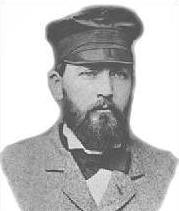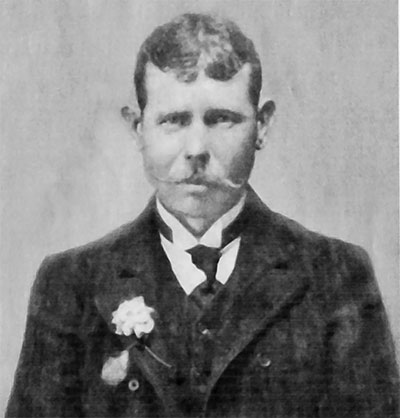History of Trastikovo
Circassian
A mainly Sunni Muslim person of the north-western Caucasus.
Dunam
Dunam is a measure of land area used in parts of the former Turkish empire, including Israel (where it is equal to about 900 square metres).
The land was later sold to a Circassian
Circassian
A mainly Sunni Muslim person of the north-western Caucasus.
Circassians
A group of mainly Sunni Muslim peoples of the north-western Caucasus.
Bulgarian Todor Penchev, a native coming from a village named Kulchular, suspected of being a revolutionary in the Stara Zagora region, attempting to evade Turkish authorities moved to the village Topuzlare, current day Zornitsa, however he was discovered and fled. Todor Penchev begun seeking help from the French consul in Burgas to flee the country, where he met Ismail Bey, who offered to sell him his remaining 1600 hectares of land near the village Sazlaköy (present day Trastikovo), he refused and with the help of the consul, he fled to Russia.
Soon after, Penchev became homesick and disappointed so returned back to Bulgaria. Within the limits of the Turkish empire, he was captured under the suspicion of being a dangerous Moscovite
Moscovite
Muscovite (person from Moscow; used of both genders)
During transportation to Constantinople, fortunately on the road, he was met with Ismail Bey, Bey recognised Penchev and advocated for his release, guaranteeing him. After being released, Bey offered again to sell his land to Penchev, this time he committed to the purchase of the land.
Now begun Penchev's quest to build a settlement, he travelled by horse and toured many villages through Haskovo, Star Zagora and Elhovsko, he managed in the beginning to convince 35 families to re-locate to his settlement. They sold their modest properties and followed Todor Penchev. The families Demirev, Mihov, Angelov, Dachev, Banev, Kumanov, Gochev, Kostov, Statev, Kaluchev, Prodanov, Penchev were among some of those that followed Todor.
In 1868, they settled on the land he had earlier purchased near the Circassian
Circassian
A mainly Sunni Muslim person of the north-western Caucasus.

On the 24th of April 1877 the Eastern Orthodox coalition led by the Russian Empire invaded Bulgaria to fight the Turkish empire, this came to be known as Russo-Turkish War of 1877–78, known in Bulgaria as the Liberation War. During the war, the Circassians
Circassians
A group of mainly Sunni Muslim peoples of the north-western Caucasus.
After the liberation of Bulgaria, Sazlaköy became part of the Rusokastro municipality.
In 1882, the Circassians
Circassians
A group of mainly Sunni Muslim peoples of the north-western Caucasus.

Local teachers, Hristo Todorov (son of Todor Penchev)
Surname
During this period, Bulgarians did not adopt the surname of their father, but instead, the surname becomes "of" the first name of their father. This could be simplified as so: Hristo of Todor = Hristo Todorov.
The Council of Ministers in 1932 came to a decision that all villages with a Turkish name should be renamed, and by the same year a translation of Sazlaköy was made, and so they adopted the name Trastikovo.